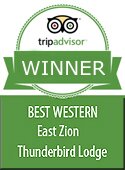
|
||||
|
Zion National Park Lodging Park Info Vacation Weather Photos Hike SR-9 Slots Backpack Camping |
||||
Fauna of Zion National Park - Mammals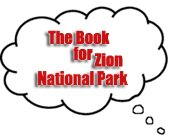
Fauna of Zion National Park - Zion is in the Great Basin Desert; a cool desert where when it rains it does so in volumes. This seems like it would be adequate water for animals and plants to survive but the problem is that the soil cannot absorb all the moisture when it’s deposited in this manner, so it leaves the terrain dry. The small amount of snow fall this area gets provides moisture but still the hot, dry days lead to evaporation. Many Animals have learned to adapt to high temperatures and scarcity of water by staying active at night or burrowing into the ground during the hottest parts of the day. To appreciate the diversity of these creatures, one must understand they are quite adept at living through the winter as well as the hot summers. 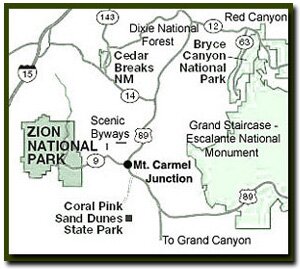
Bighorn Sheep - Spotting Bighorn sheep in Zion is not extremely common, but in recent years they have ventured out to the east side of the park where they are occasionally now seen as you drive along in your car. The animal is usually seen along rocky slopes on the east side of the park, between the east side of the Zion-Mt. Carmel Tunnel and about a mile east of the smaller tunnel. They usually travel in groups of less than eighteen. They don’t seem very fearful of humans, but if you get too close they do move higher on the mountain, knowing if we can follow it will be at a much slower pace than they travel. Their habitat is desert environments and steep rocky slopes. Ideal conditions exist in the valley behind Bridge Mountain, lower Parunuweap and the east side of the park. The sheep’s diet consists of shrubs and grass and they can go without water for more than 5 days. The male weighs around 300 lbs., a little less than the ewe. Both sexes have characteristic curved horns on their heads. There is evidence of Bighorn Sheep thriving in the park long ago. The rock art carved in Zion's Petroglyphs Canyon shows drawings of the Bighorn. The sheep are the most common wild animals pictured in the ancient petroglyphs in Utah. The ancients seemed to be dependent on these graceful creatures for food and they were apparently abundant at that time. Their curved horns were used for costumes, bows and tools. They became few in number, almost to the point of extinction, due to human impact by early settlers. In 1950 it was thought that there were no more living in Zion, but in recent years many of the Southwest's parks have been trying to reintroduce them and at least in Zion it seems to be quite successful.
Zion's Squirrels - The rock squirrel and white-tailed antelope ground squirrel are quite common in the park. Just about anyone that has hiked down the Riverside Walk has seen the fat squirrels along the path, begging for food. There is now a fine for those feeding the animals in the park. It makes the squirrels aggressive and also makes it difficult for them to survive in the wild. Be kind and do not feed them. Mule Deer - This mammal is a common site in Zion Canyon, especially at the Temple of Sinawava and outside the canyon in the grassy field at the Zion Nature Center near the South Campground. When you see a mule deer notice how big its ears are and how their antlers branch and then branch again once more. In the winter, the animal sheds its antlers and within a couple of weeks begins to grow a new set. Rabbits - The black-tailed jackrabbit has characteristically long ears that provide a large surface area to radiate body heat. This keeps the animal cooler during Zion’s hot summers since the warmed blood is circulated and cooled in the thin tissue of the ears. The fast moving hare can jump at 35 mph. The smaller desert cottontail is slower moving with a busy white tail. It will hold still when it feels it is in danger and then dart out looking for safety.
Zion National Park, UtahHistory of the Thunderbird |
East Zion Lodge Mileage from Stay in a hotel the heart of the parks, Mount Carmel Junction, and visit the treasures of the Southwest and Utah. Site Map Zion Hiking
|
||||||||||||
|
This is my new favorite quote:
"I don't know who Mary Cisneros is, but I mean zionnational-park.com It's a better site than the NPS's anyway." Written by the authors of the book: Favorite Hikes in and around Zion National Park |
|||||||||||||
|
Zion History |
|---|
All rights reserved © Copyright Zion National-Park dot com
Do not use text, photos or maps without permission © Zion National-Park dot com
Contact the Author Mary Cisneros with any errors



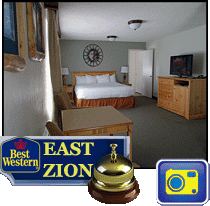
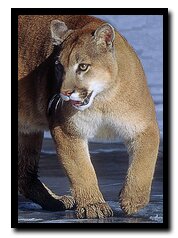 Mountain Lions
Mountain Lions